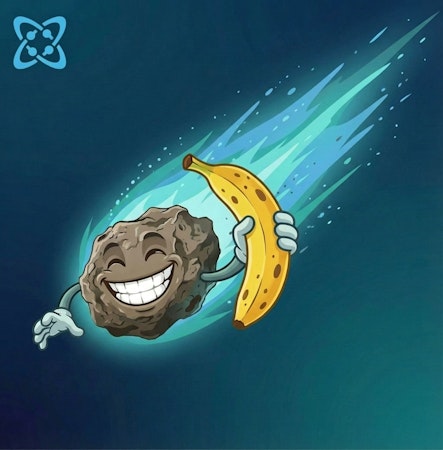- Blog
- Company news
- How to Build a Cross-Platform Blog Using React Native and Node.js

Tony Spiro
October 04, 2016
.gif?w=1000&auto=format&dpr=2)
We live in a world of inter-connected devices, each powered by their own software, built with their own circuits and protected by their own casing. The best way to deliver information to these seemingly closed-off systems is with an API. Cosmic is an API-first cloud-based content platform that makes it not only easy to add dynamic content to any existing or new website, but makes it possible to seamlessly deliver content across devices and platforms.
In this article I’m going to show you how to quickly and easily create a cross-platform blog that will connect your content across Web, iOS and Android. With content powered by Cosmic, you will be able to edit your content once and deliver the updates simultaneously across all devices and platforms. Let’s get started.
TL;DR
Website
To get started, download the Cross-Platform Blog on GitHub which is based on the Node.js Website Boilerplate. This comes with everything you need to get started with a basic website as well as the codebase for the native applications running React Native for iOS and Android.
git clone https://github.com/cosmicjs/cross-platform-blog cd cross-platform-blog/web npm install npm run development
The root of our application runs at app-server.js. Looking at this file, you'll see how routes are set up and how views are rendered to the routes.
Now that we have our website running, let’s open up another terminal window and get our iOS and Android apps built.
React Native Bridges the Gap
React Native is a very powerful way to build applications for both iOS and Android. Because most, if not all, of the codebase can be shared between the two platforms, by using React Native you can build your apps in half the time. If you haven’t gotten your local environment setup for React Native development, go to the React Native website and follow the steps. Honestly I found setting up the iOS development environment to be super easy, but setting up the Android, not so much. Mainly because I had to search more to figure it all out. In short, you need to download Android Studio and make sure you have the correct version of the Java SDK installed and make sure you have all of the developer tools installed.
iOS
To install and run the iOS React Native application run the following commands:
cd cross-platform-blog/ios npm install react-native run-ios
Android
Run the following commands to run the Android application (make sure you have your Android device emulator open):
cd cross-platform-blog/android npm install react-native android
Looking at index.ios.js and index.android.js you will notice that the root of our application for both iOS and Android runs at App.js. And all other components LandingPage.js, BlogList.js and BlogPost.js are shared between the two platforms as well.
When we run our react-native commands, our React Native code base is translated to both Objective-C and Java languages. It is not a “hybrid app” or web-based at all. It basically just translates your JavaScript (React) building blocks together into the native language of each platform.
Connect to the CMS API
If you don't have an account yet, sign up for Cosmic to set up your bucket. Your bucket is the place to add and edit content for your cross-platform blog. To upload the demo content from the Cross-Platform Blog on GitHub, go to Your Bucket > Import / Export. Then upload the bucket.json file located in the root folder of the Cross-Platform Blog repository. This will upload all of the demo data and files from the Cross-Platform Blog demo application. To configure your local application to point to your bucket, simply edit your config files in both web and native folders to point to "your-bucket-slug".
// config.js
export default {
COSMIC_BUCKET: 'your-bucket-slug'
}Now when you edit content in your Cosmic bucket, you will see that the content automatically updates across Web, iOS and Android applications. By connecting your applications to Cosmic, you are using a powerful tool that breaks down the barriers between devices and programming languages.
I hope you found this tutorial helpful. If you have any questions about how Cosmic can help your team build websites and applications faster and easier, reach out to us on Twitter and join our community on Slack.
Continue Learning
Ready to get started?
Build your next project with Cosmic and start creating content faster.
No credit card required • 75,000+ developers





